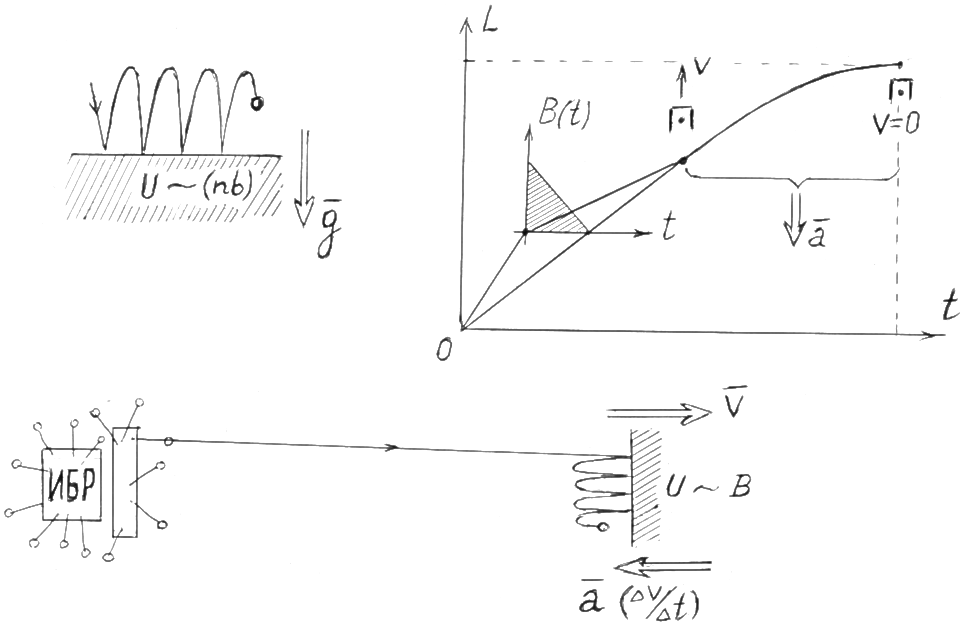- Details
Dear Colleagues,
We invite you to send abstracts for hybrid ICPAM-13 and PAMS-4 https://icpam.ro using one of the two available methods: submission via online platform (selecting a topic or PAMS-4) or sending via e-mail (to This email address is being protected from spambots. You need JavaScript enabled to view it., using the provided template).
- Details
The report discusses the problem of the efficient use of a hybrid cloud in the context of a method for developing algorithms in a form that is convenient for execution on an arbitrary set of computing resources. The method is based on the joint application of Cole’s algorithmic skeletons and a variant of Hewitt’s actor model to describe many-task computing. The proposed method is investigated by the example of algorithms for pairwise processing of data arrays according to the principle of a round-robin tournament. Computational experiments demonstrate the effectiveness of software implementations of these algorithms on various types of modern computer architectures that represent hybrid cloud resources.
More information on the seminar and the link to connect via Webex are available at Indico.
- Details
"Super c-tau factory: precision experiments with tau lepton and charmed hadrons"
Vorobyev V.S. (Senior researcher, BINP SB RAS)
Levichev E.B. (Vice-director of BINP SB RAS)
Logashenko I.B. (Vice-director of BINP SB RAS)
The discovery of the Higgs boson in 2021 completed confirmation of the Standard model (SM) of particle physics. However, SM is not the final theory of matter. A major goal of modern high energy physics is search for phenomena beyond SM (BSM) that can manifest itself as the new fundamental particles or via discrepancies between the results of precision measurements and the SM predictions.
The “Crab waist” particle beams collision scheme, proposed in 2006, paved the way for the new generation of colliders - super factories - with a luminosity two orders of magnitude higher than that of modern machines. The super B factory SuperKEKB in Japan and the planned Z and Higgs factory FCC-ee at CERN are based on this principle. The Super c-tau (SCT) factory is a project of the super-factory-class collider aimed at the threshold production of tau leptons and charmed hadrons, their comprehensive and detailed study and the search for the BSM phenomena. The SCT factory project includes longitudinal polarization of the electron beam at the collision point, which significantly enriches the physical program of the experiment.
The presentation includes discussion of the place of the SCT factory in the landscape of modern high energy physics and provides an overview of the physics program and a conceptual design of the accelerator complex and particle detector.
- Details
"Measuring intact protons at the LHC: From the odderon discovery to the search for axion-like particles"
Prof. Christophe Royon (The University of Kansas, Lawrence, USA)
In the first part of the talk, we will describe the odderon discovery by the TOTEM and D0 experiments. The analysis compares the proton-antiproton elastic cross section as measured by the D0 Collaboration at a center-of-mass energy of 1.96 TeV to that in pp collisions as measured by the TOTEM Collaboration at 2.76, 7, 8, and 13 TeV. The two data sets disagree at the 3.4 sigma level and thus provide evidence for the t-channel exchange of a colorless, C-odd gluonic compound, also known as the odderon. We combine these results with a TOTEM analysis of the same C-odd exchange based on the total cross section and the ratio of the real to imaginary parts of the forward elastic strong interaction scattering amplitude in pp scattering, leading to a combined significance larger than 5 sigma. In a second part of the talk, we will describe the perspective on the search for quartic anomalous couplings and axion-like particles using tagged protons in the final state, leading to sensitivities to beyond standard model physics that improve by 2 to 3 orders of magnitude on the coupling. We will finish by describing briefly the ultra fast silicon detectors for timing measurements as well as for medical and cosmic ray physics applications.
- Details
"A source of ultracold neutrons slowed down by a magnetic or material UCN trap"
V.V.Nesvizhevsky (Nuclear & Particle Physics Department, ILL, Grenoble, France)
Ultracold neutrons (UCNs) are widely used in the physics of elementary particles and fundamental interactions, and can potentially be used in neutron scattering. However, most of these studies are limited by the available UCN densities and fluxes. One of the ways to increase them, as noted already in the first years of research with UCN, is to use peak fluxes in pulsed neutron sources, orders of magnitude higher than the average. In the present work, the concept of UCN sources is proposed, which makes it possible to implement this idea. We propose to produce very cold neutrons (VCN) in converters located in neutron sources and extract them with low losses. We propose a new way of focusing them in time, as well as their deceleration to UCN energies by an escaping decelerating material or magnetic trap. For both pulsed and permanent neutron sources, this method can provide high conversion efficiency of VCN to UCN.



